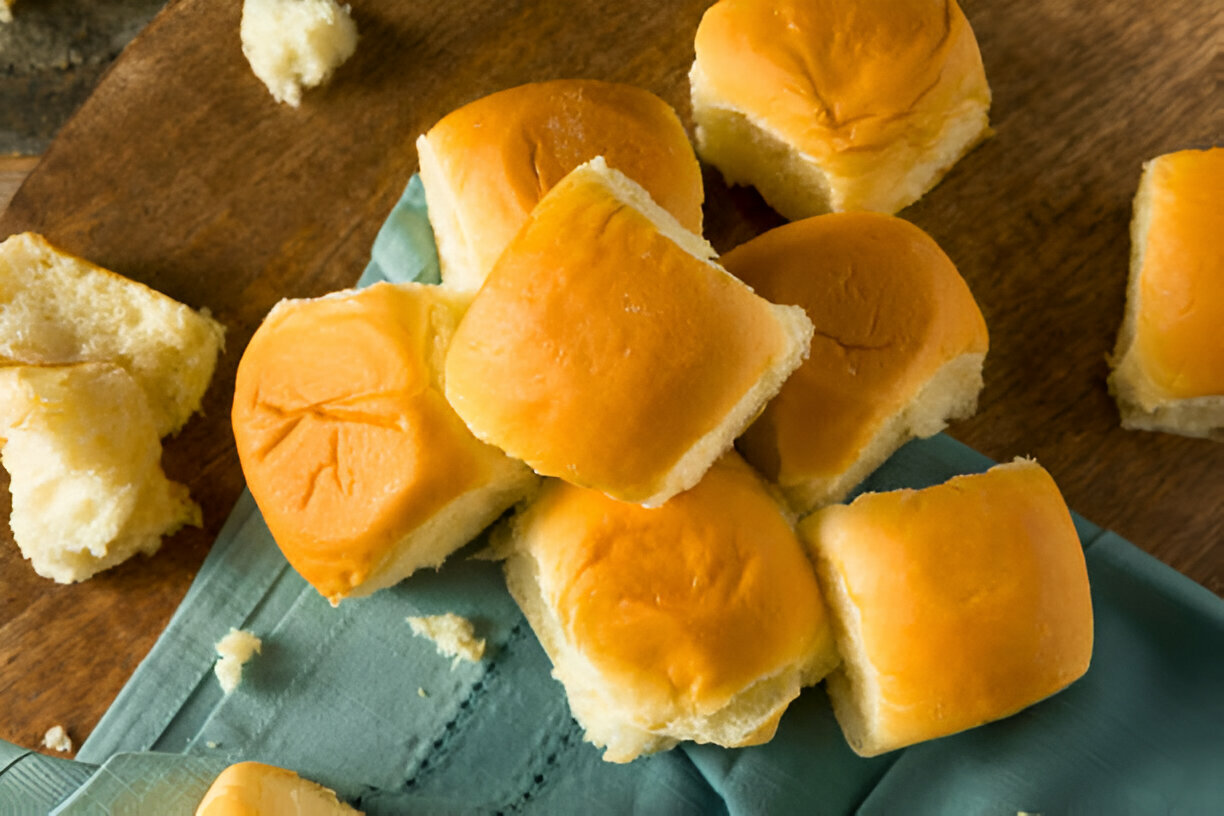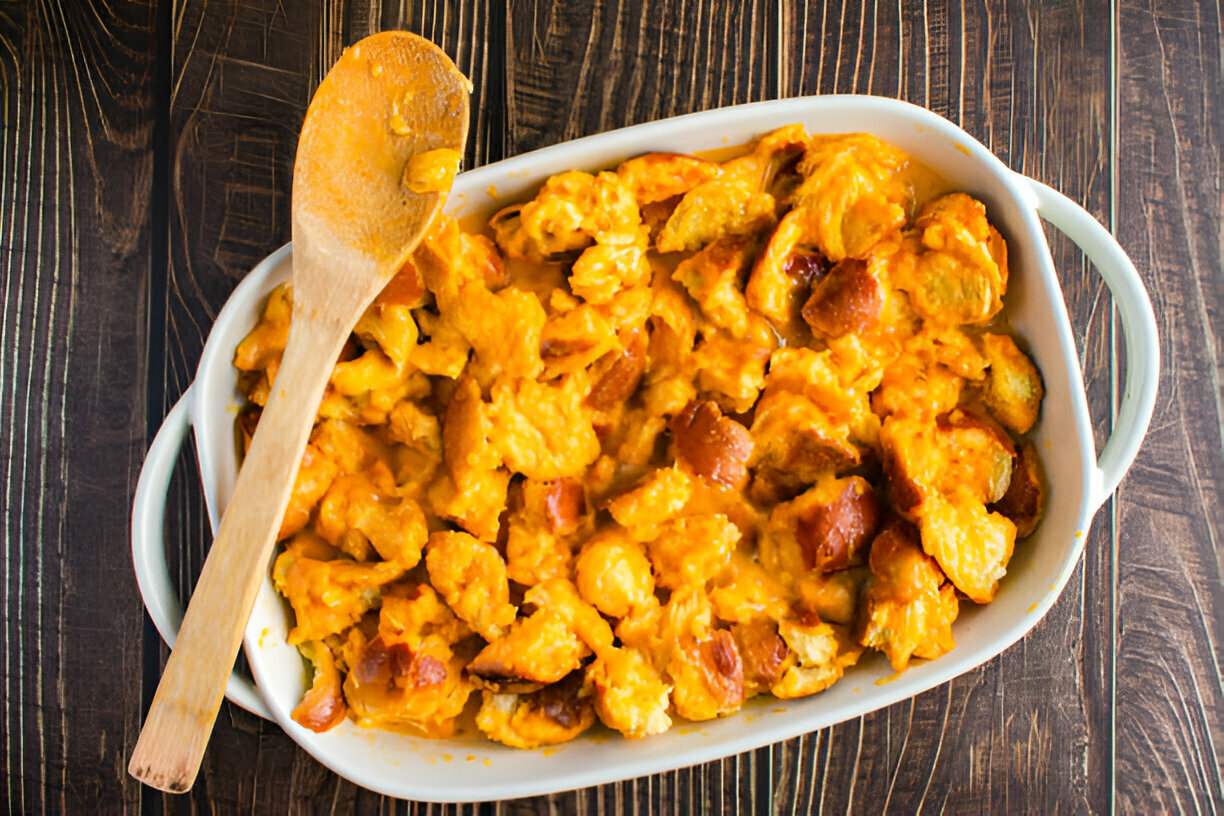Chicken stir fry sauce is an essential component of Asian-inspired cuisine, renowned for its versatility and ability to elevate the flavor and texture of various dishes. Whether you’re cooking a quick weeknight dinner or looking to impress guests with a homemade meal, a well-crafted stir fry sauce can be the difference between a plain dish and a culinary masterpiece. Its rich, savory notes combined with an array of optional ingredients allow for endless customization, making it suitable for both traditional recipes and innovative variations.
In this article, readers can expect to delve into the world of chicken stir fry sauce, exploring its foundational elements and various types. We will cover the key ingredients that contribute to a standout sauce, offer a simple and delicious recipe, and provide insights on cooking chicken stir fry perfectly. Additionally, we will highlight popular variations of chicken stir fry sauces, explore the health benefits of this quick-cooking technique, and address common mistakes to avoid in the kitchen. By the end of this guide, you will be equipped with the knowledge and confidence to create flavorful chicken stir fry dishes tailored to your taste, making every meal a delightful experience.
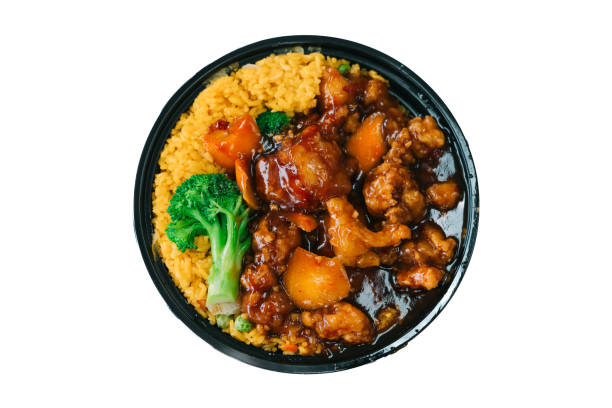
Section 1: Understanding Chicken Stir Fry Sauce
Stir fry sauce serves as the backbone of many Asian-inspired dishes, offering a delectable blend of flavors that can transform simple ingredients into a culinary delight. At its core, stir fry sauce is a savory mixture typically featuring soy sauce, garlic, and various seasonings that enhance the overall taste of the dish. Its roots in Asian cuisine highlight the region’s emphasis on balance in flavor and texture, making it a kitchen staple across cultures.
Culturally, stir fry sauce holds significant importance, representing a harmonious blend of flavors like umami, sweetness, and spice that are hallmarks of Asian cooking. Recipes for stir fry sauce vary widely, reflecting regional differences and personal preferences, but they all share a common goal: to elevate the flavors of the stir-fried ingredients to new heights.
There are several types of stir fry sauces that one can explore, each with its distinct flavor profile. Soy-based sauces are the most common, incorporating light and dark soy sauces for depth. Oyster sauce lends a rich, slightly sweet flavor, while teriyaki sauce adds a sweet and tangy twist. Both homemade and store-bought options can be found, allowing flexibility based on time constraints and cooking preferences. Creating your own sauce at home can be rewarding and tailored to your specific taste, while store-bought versions can be convenient and time-saving.
Section 2: Key Ingredients in Chicken Stir Fry Sauce
To craft a truly exceptional chicken stir fry sauce, one must understand the key ingredients that form the foundation of this flavorful mixture. The three base ingredients that are essential include:
- Soy Sauce: Both light and dark soy sauces are vital, with light soy adding saltiness and dark soy contributing a richer color and slight sweetness.
- Chicken Broth: This adds depth and a subtle savory note, enhancing the overall flavor of the sauce.
- Oils: Sesame oil or vegetable oil can be used to add richness and authenticity, providing the characteristic sheen and taste of restaurant-style dishes.
Flavor enhancers are equally important to achieve a well-rounded sauce. Common additives include:
- Garlic and Ginger: Fresh garlic and ginger provide essential aromatic notes, creating a fragrant base that defines the essence of stir fry sauce.
- Sugar or Honey: A touch of sweetness helps balance the saltiness of soy sauce, enhancing the overall flavor profile.
- Vinegar: Rice vinegar or balsamic vinegar can add a tangy brightness that lifts the sauce, making each bite more enjoyable.
For those looking to customize their stir fry sauce, several optional additives can bring unique twists to the dish:
- Chili Paste or Sauce: For those who like a kick, adding chili paste or sauce can introduce a pleasant heat.
- Cornstarch: A common thickening agent that helps create a silky sauce that clings beautifully to the chicken and vegetables.
- Vegetable Add-Ins: Ingredients like bell peppers, broccoli, or snap peas can be added to enhance both the flavor and nutritional value of the dish.
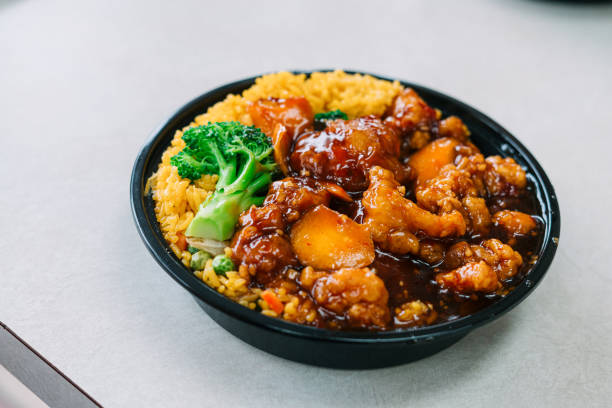
Section 3: How to Make Chicken Stir Fry Sauce at Home
Creating a delicious chicken stir fry sauce at home is simple and rewarding. With just a few key ingredients, you can whip up a flavorful sauce that will elevate your stir fry dishes. Below is a basic recipe to get you started.
3.1 Basic Chicken Stir Fry Sauce Recipe
To make a versatile chicken stir fry sauce, gather the following ingredients:
- ¼ cup soy sauce
- 2 tablespoons cornstarch
- 2 cloves garlic, minced
- 1 teaspoon fresh ginger, grated
- 1 tablespoon sugar
3.2 Directions
- In a bowl, whisk together the soy sauce, cornstarch, minced garlic, grated ginger, and sugar until smooth.
- Set aside the sauce while you prepare your chicken and vegetables for stir frying.
- During cooking, pour the sauce over the stir-fried ingredients and stir well to combine.
- Allow the sauce to simmer for a few minutes until it thickens and coats the chicken and vegetables.
3.3 Tips for Customization
Feel free to customize your stir fry sauce according to your taste preferences:
- Add more ginger or garlic for a stronger flavor.
- Adjust the spiciness by including chili paste or flakes.
- For a vegetarian option, substitute soy sauce with tamari or liquid aminos.
Section 4: Cooking Chicken Stir Fry Perfectly
Cooking chicken stir fry perfectly requires a few key techniques and tips. Whether you are a novice or an experienced cook, following these guidelines will help you achieve tender, flavorful chicken every time.
4.1 Choosing the Right Chicken
When selecting chicken for stir fry, consider your preferences:
- Chicken Breasts: Lean and quick-cooking, they work well in most recipes.
- Chicken Thighs: More flavorful and forgiving to cook, thighs stay moist when stir-fried.
4.2 Stir Fry Technique
Stir frying requires a high heat cooking method:
- Use a wok or a large skillet to allow for even cooking.
- Preheat the pan until it's smoking hot before adding the oil.
- Add ingredients in order, starting with protein, followed by denser vegetables and ending with quick-cooking items.
4.3 Serving Suggestions
Chicken stir fry pairs well with several sides:
- Steamed rice provides a filling base that complements the dish.
- Noodles can also be used to create a different texture.
- Top with sesame seeds or fresh herbs for added flavor and presentation.
Section 5: Popular Variations of Chicken Stir Fry Sauce
There are countless ways to elevate your chicken stir fry with unique sauce variations. Exploring different flavors can add excitement to your meals.
5.1 Asian-Inspired Sauces
- Sweet and Sour Sauce: A tangy combination of vinegar, sugar, and soy sauce, this sauce adds a vibrant flavor profile.
- Bangkok-style Peanut Sauce: Made with peanut butter, coconut milk, and spices, it creates a creamy, nutty taste.
5.2 Fusion and Western Influences
- Teriyaki Chicken Stir Fry: Combining soy sauce with sugar and mirin for a sweet glaze.
- Lemon Pepper Stir Fry Sauce: Infusing citrus for a zesty kick, balancing the savory elements.
Section 6: Health Benefits of Chicken Stir Fry
Chicken stir fry not only satisfies taste buds but also offers several health benefits. Understanding these can help you make informed choices while enjoying a delicious meal.
6.1 Nutritional Profile
Chicken is a rich source of:
- Protein: Essential for muscle repair and overall health.
- Vitamins: Added vegetables contribute significant vitamins and minerals.
6.2 Cooking Methods
Stir frying retains more nutrients compared to other cooking methods:
- Quick cooking preserves vitamins.
- The high heat ensures the vegetables remain vibrant and crisp.
6.3 Balancing a Meal
For a balanced meal, consider the following:
- Incorporate whole grains like brown rice or quinoa.
- Load up on colorful vegetables to enhance fiber and nutrients.
Section 7: Common Mistakes and How to Avoid Them
Avoiding common mistakes can significantly improve the outcome of your chicken stir fry. Here are key points to keep in mind.
7.1 Overcooking the Chicken
Signs of overcooked chicken include:
- Dry texture.
- Gray color instead of golden brown.
To prevent this, cook chicken in smaller batches to ensure even cooking.
7.2 Inadequate Sauce Amount
Adequate sauce is crucial for flavor:
- Balance the sauce according to the amount of chicken and vegetables.
- Adjust recipe proportions based on servings to maintain flavor consistency.
7.3 Not Prepping Ingredients Ahead
Preparation is key for efficient cooking:
- Chop chicken and vegetables before starting to stir-fry.
- Organize ingredients for quick access during cooking.
Section 8: Frequently Asked Questions
8.1 What Can I Substitute for Soy Sauce?
If you're looking for alternatives to soy sauce, consider using:
- Tamari: A gluten-free alternative.
- Liquid aminos: A soy-free version offering similar flavor.
8.2 How Long Should I Marinate Chicken for Stir Fry?
The optimal marinating time is:
- 30 minutes to 1 hour for maximum flavor absorption.
- Avoid marinating for too long to prevent the chicken from becoming mushy.
8.3 Can You Freeze Chicken Stir Fry Sauce?
Yes, you can freeze chicken stir fry sauce:
- Store it in an airtight container for up to 3 months.
- Thaw in the refrigerator before use, and shake or stir well before cooking.
8.4 What Vegetables Pair Well with Chicken Stir Fry?
Vegetables that complement chicken stir fry include:
- Bell Peppers: Add sweetness and color.
- Broccoli: Offers texture and nutrients.
- Snow Peas: Provide a satisfying crunch.
Section 9: Conclusion
As we’ve explored, chicken stir fry sauce is a versatile addition to your cooking repertoire. With the ability to adapt flavors and ingredients, it allows for creativity and personalization. We encourage you to experiment with different variations and recipes.
Call to Action
What are your favorite variations or tips for chicken stir fry? Share your experiences and let’s inspire each other to create delicious meals!
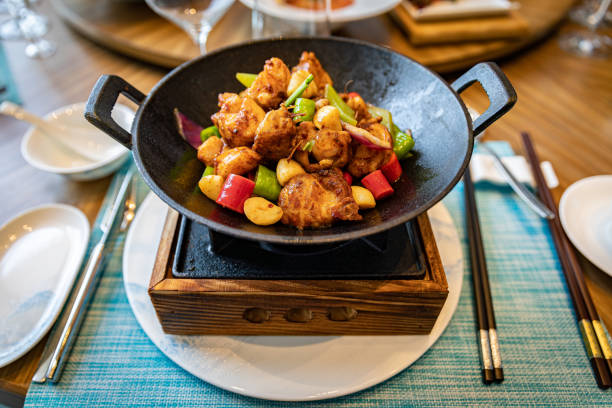
chicken stir fry sauce
Equipment
- 1 wok or large skillet
- 1 measuring cups and spoons
- 1 spatula or wooden spoon
- 1 bowl for sauce mixing
Ingredients
- 1 lb boneless, skinless chicken breast, sliced thinly
- 2 tablespoons vegetable oil
- 1 unit bell pepper, sliced
- 1 cup broccoli florets
- 1 unit carrot, julienned
- 2 cloves garlic, minced
- 1 teaspoon fresh ginger, grated
- 4 unit green onions, chopped (for garnish)
- ¼ cup soy sauce
- 2 tablespoons honey
- 1 tablespoon cornstarch
- 1 tablespoon rice vinegar
- 1 tablespoon sesame oil
- ½ teaspoon red pepper flakes (optional)
Instructions
- In a small bowl, mix together the soy sauce, honey, cornstarch, rice vinegar, sesame oil, and red pepper flakes (if using). Set aside.
- Heat the vegetable oil in a wok or large skillet over medium-high heat.
- Add the sliced chicken and cook for about 5-7 minutes until browned and cooked through. Remove the chicken and set aside.
- In the same wok, add the minced garlic and grated ginger. Sauté for about 30 seconds until fragrant.
- Add the sliced bell pepper, broccoli florets, and julienned carrot to the wok. Stir-fry the vegetables for about 3-4 minutes until they are tender yet crisp.
- Return the cooked chicken to the wok. Pour the prepared stir fry sauce over the chicken and vegetables. Stir well to combine and cook for another 2-3 minutes until the sauce thickens and coats everything.
- Serve hot, garnished with chopped green onions.

